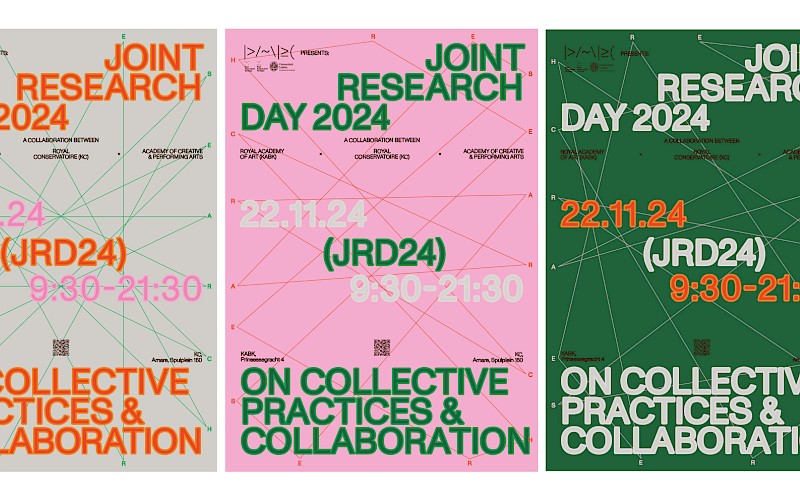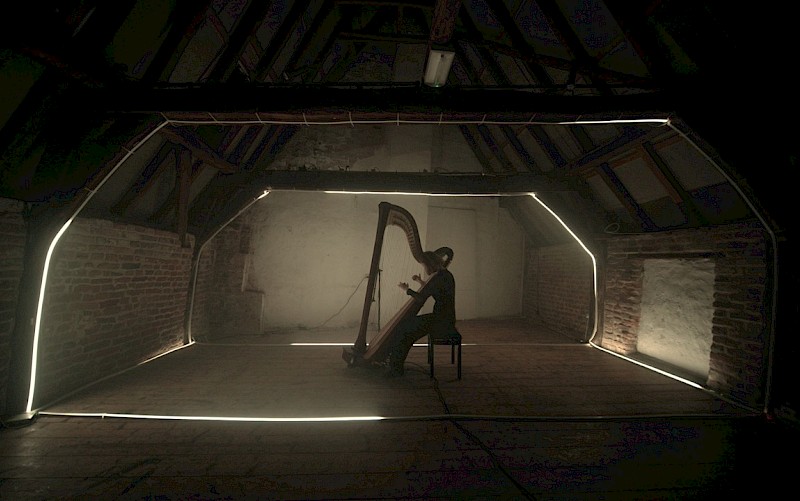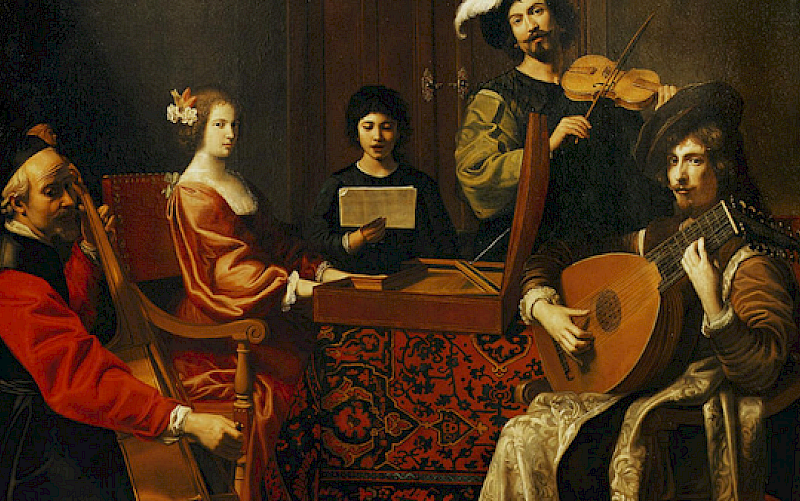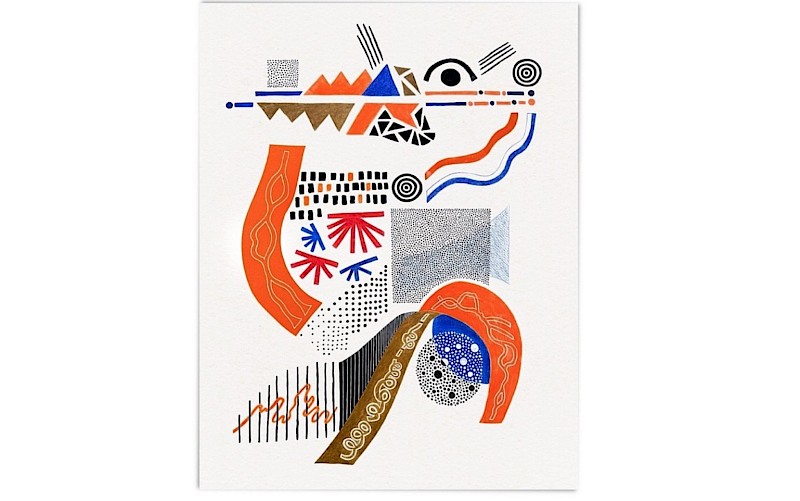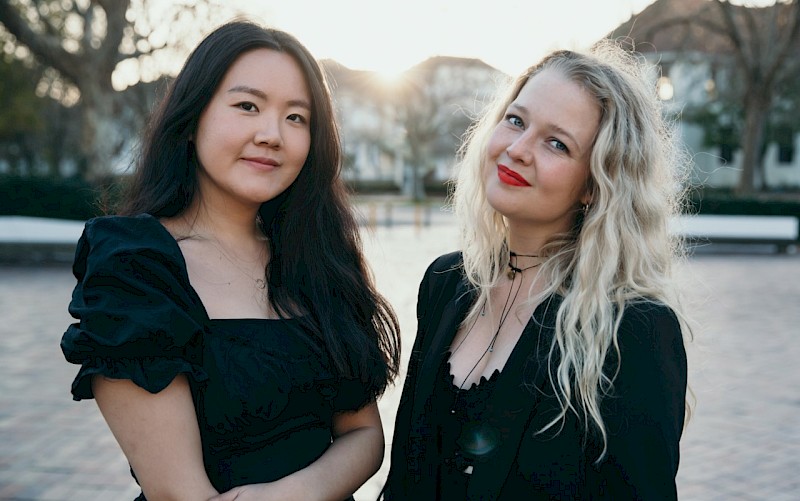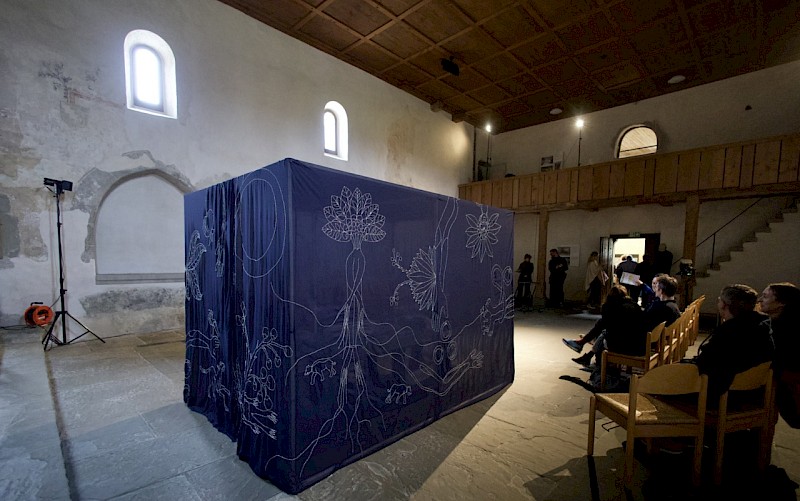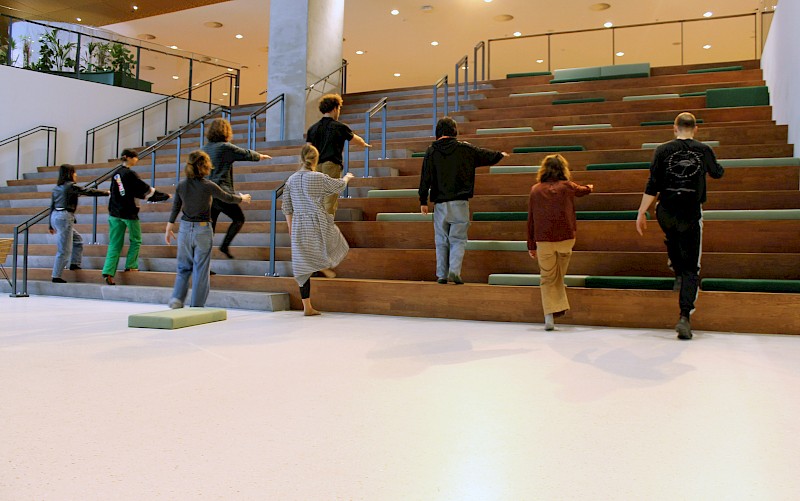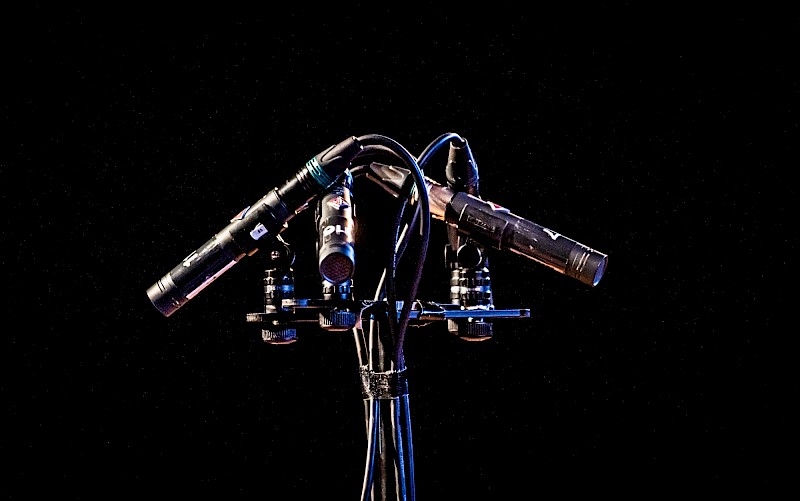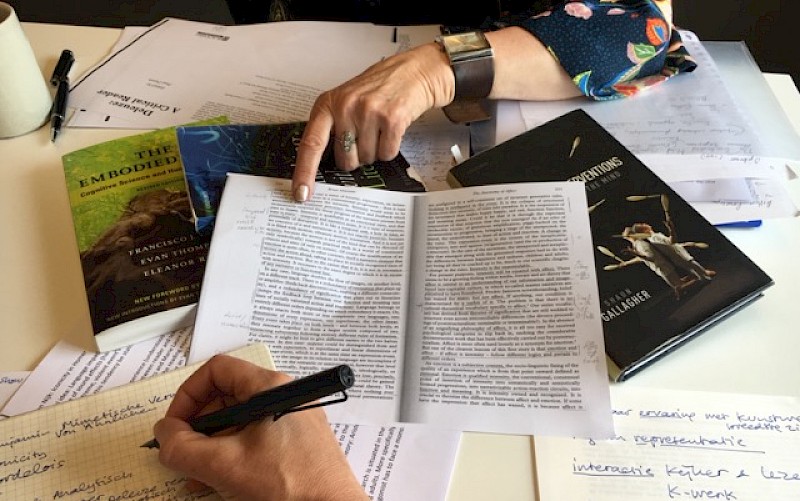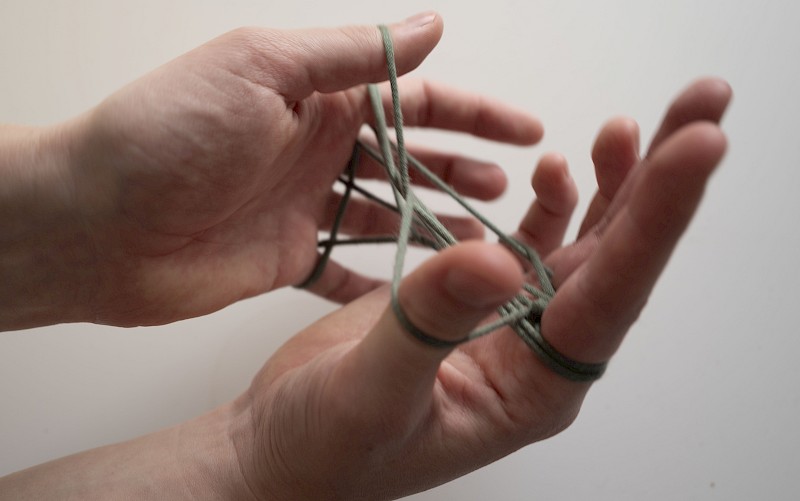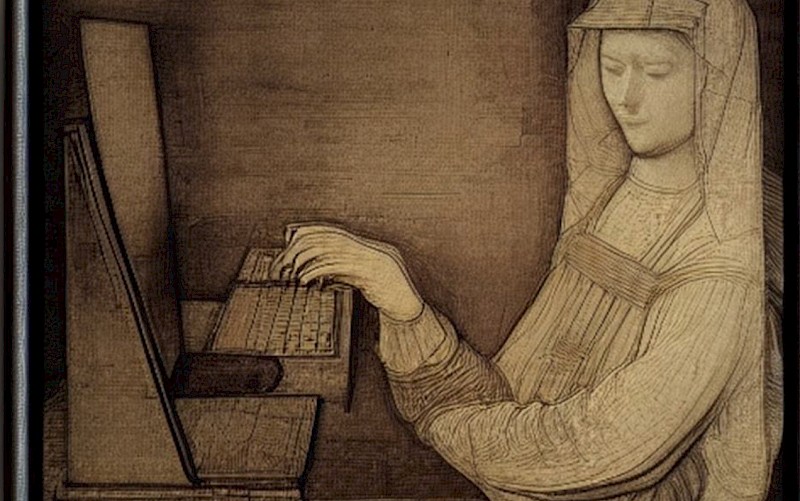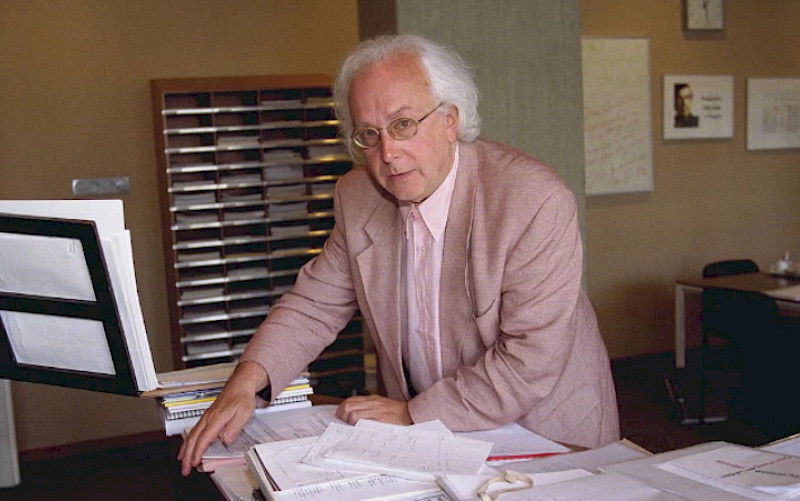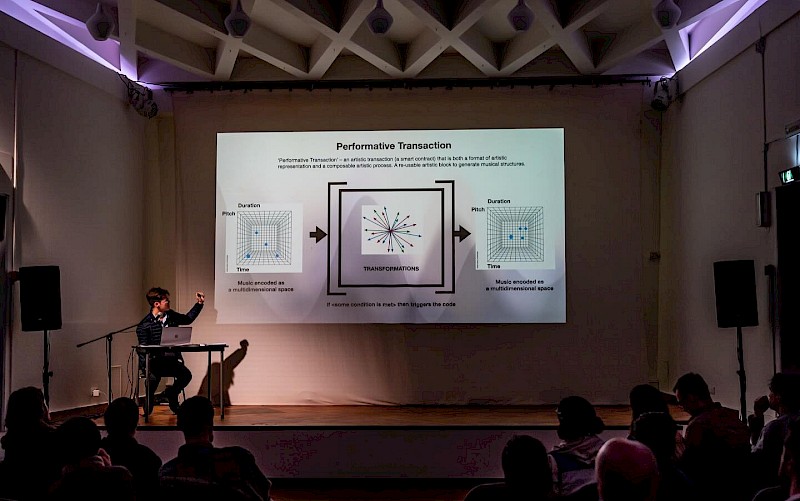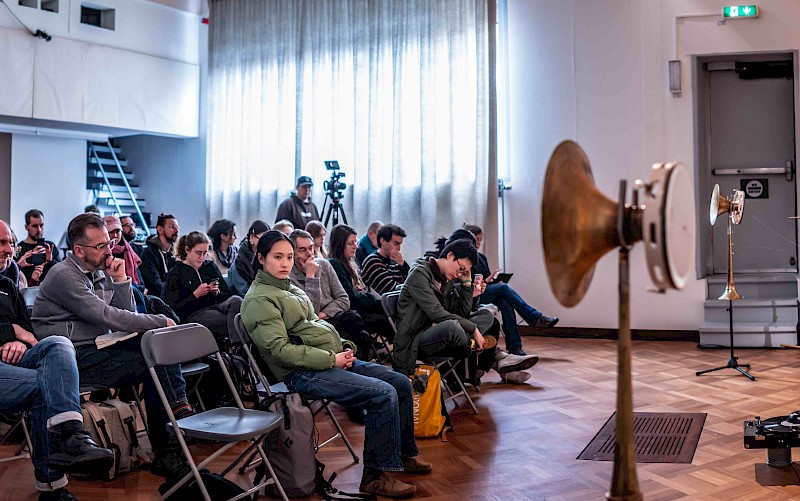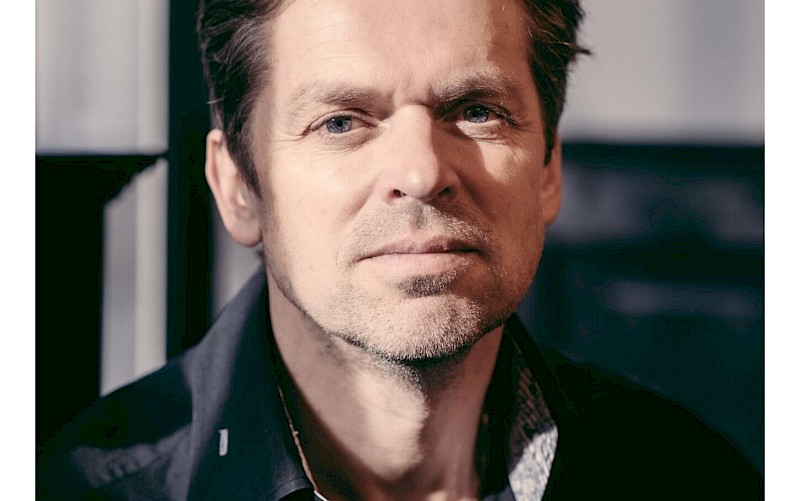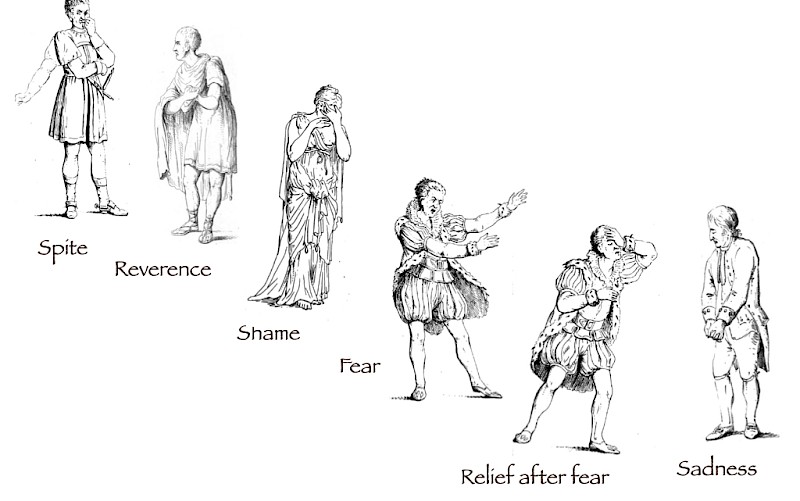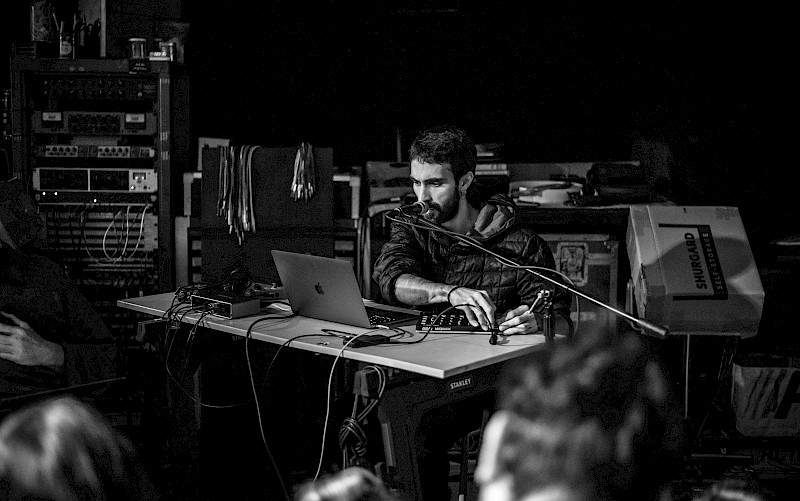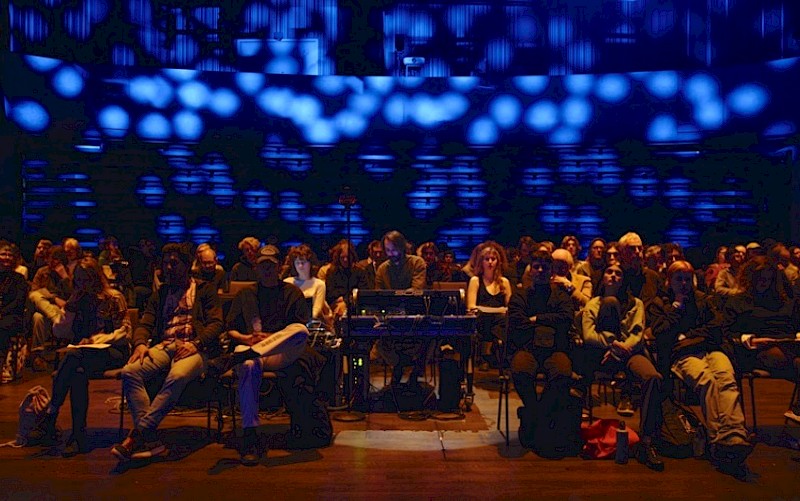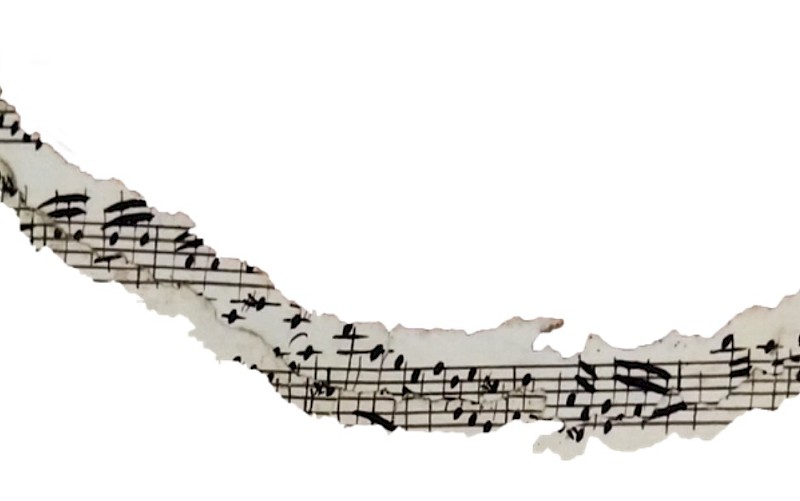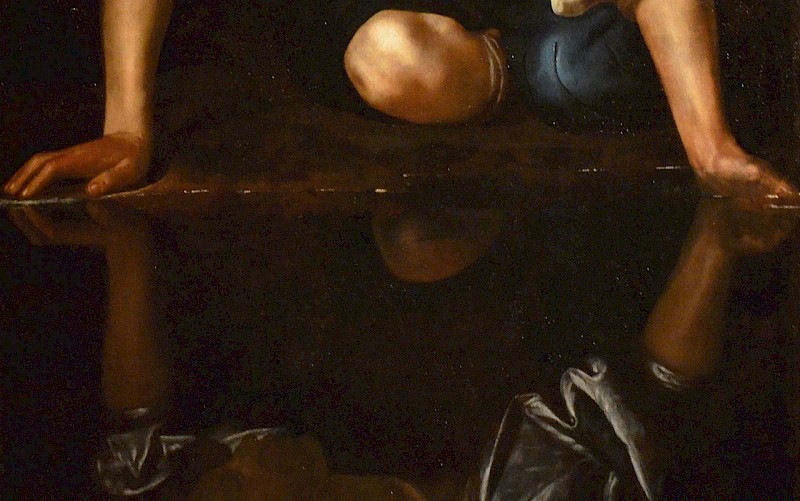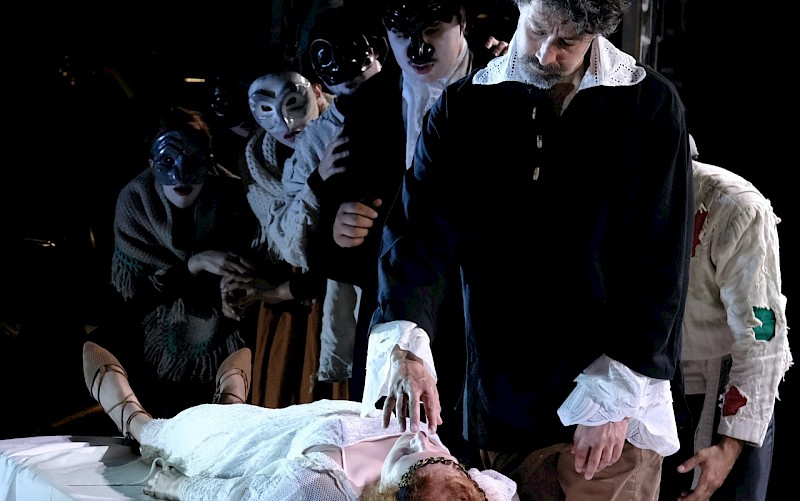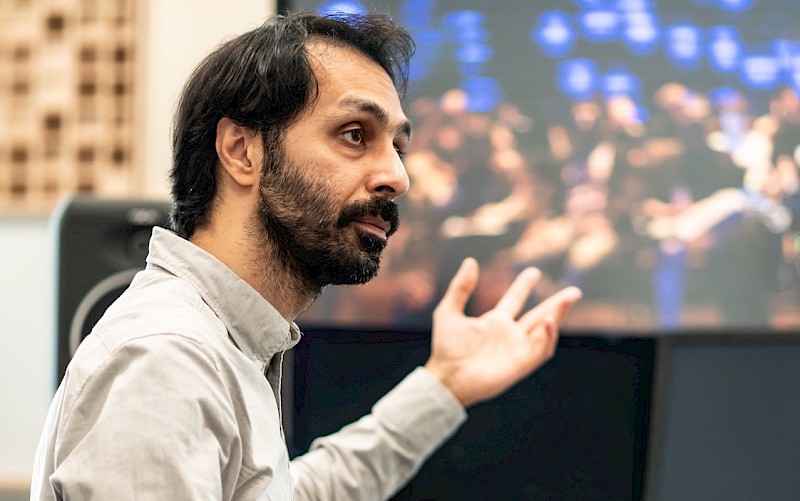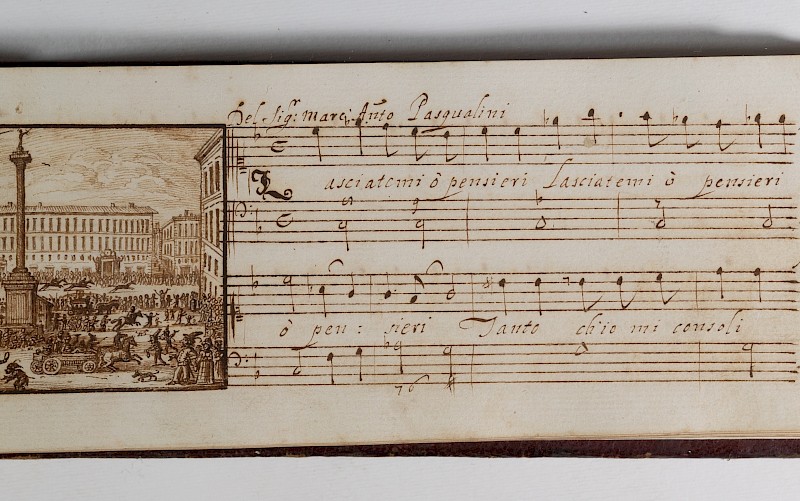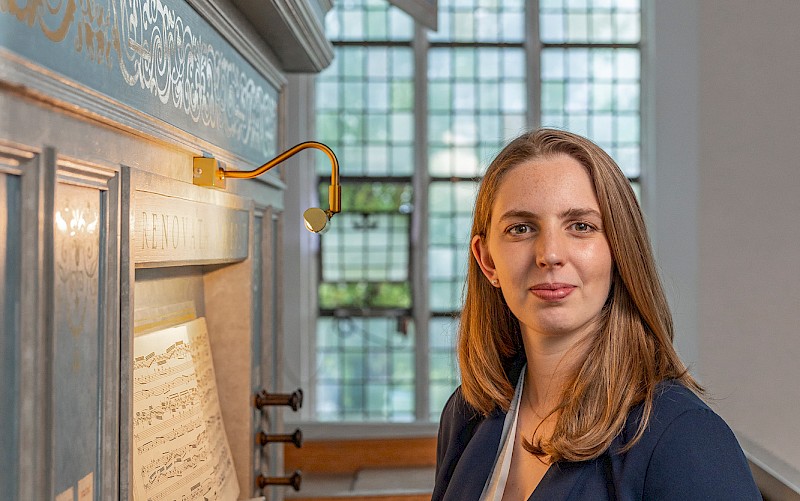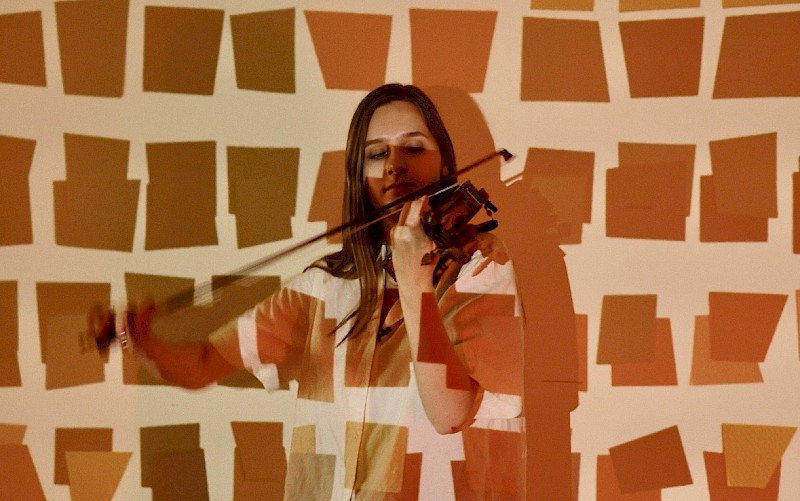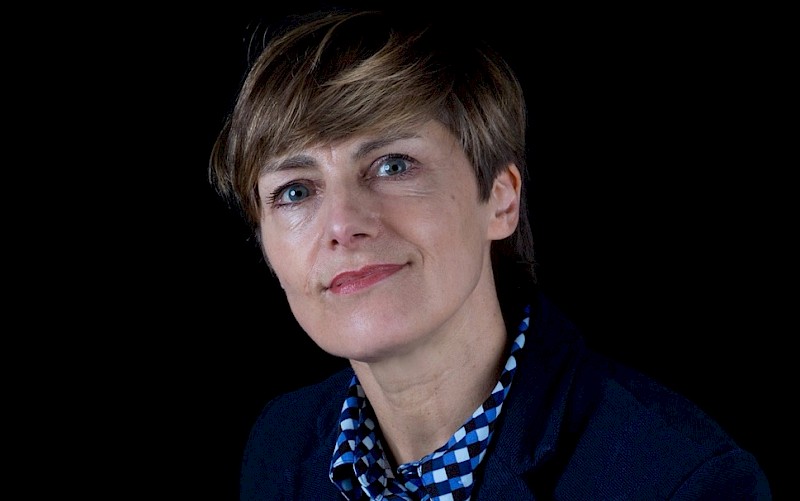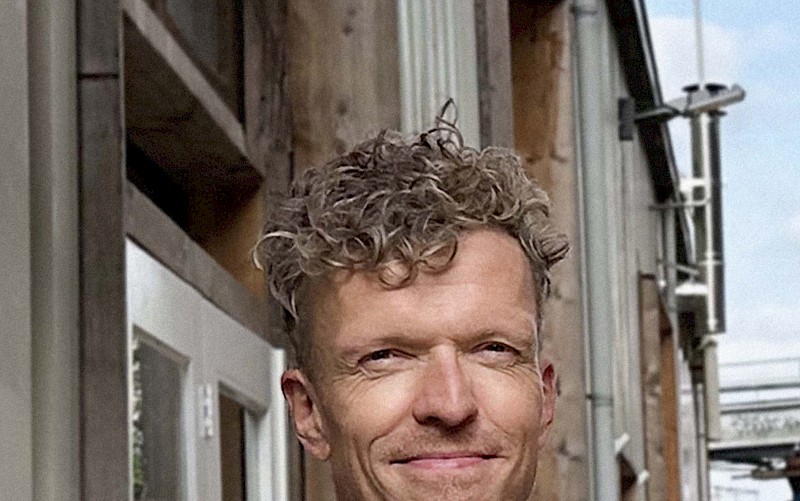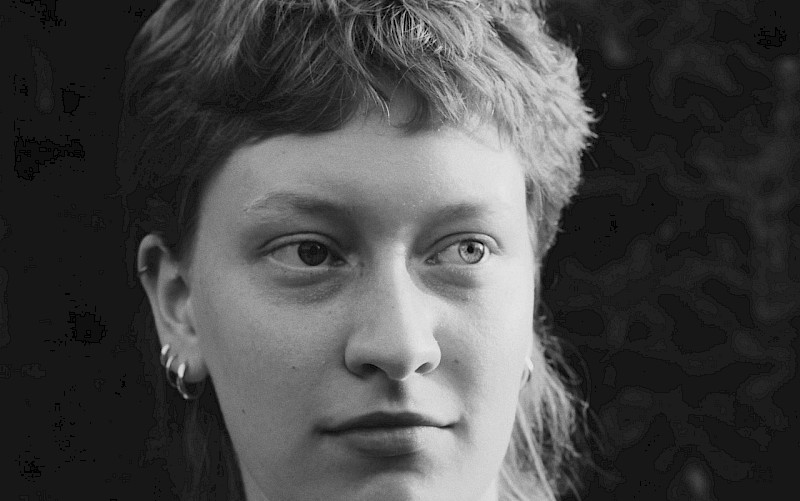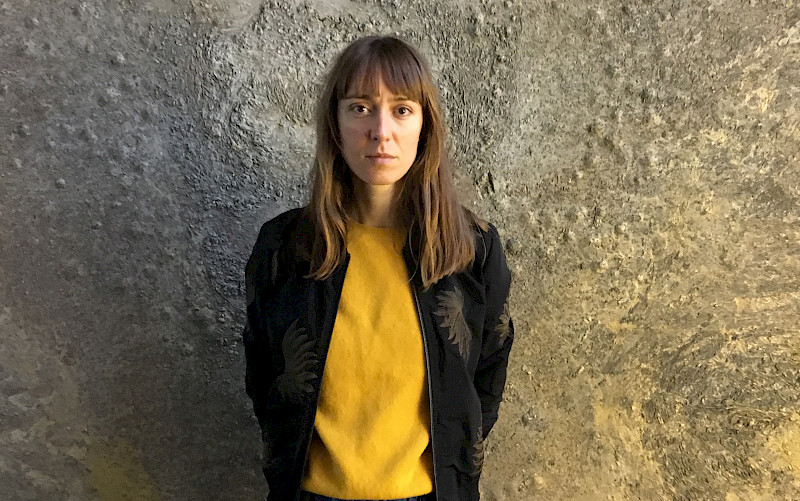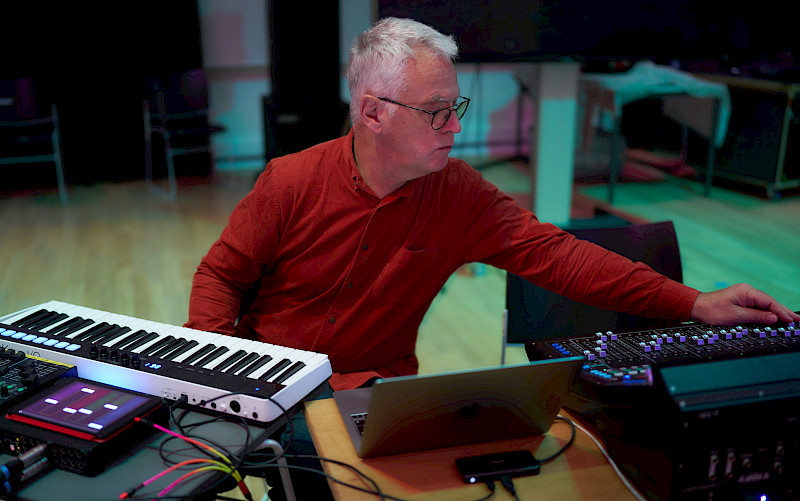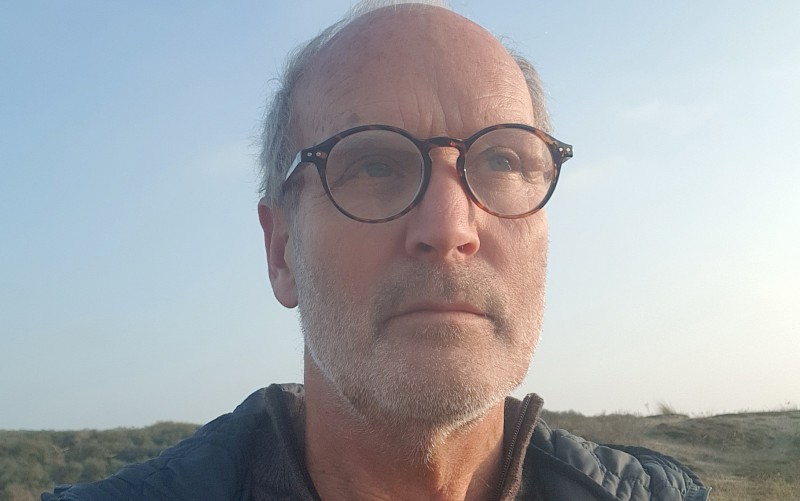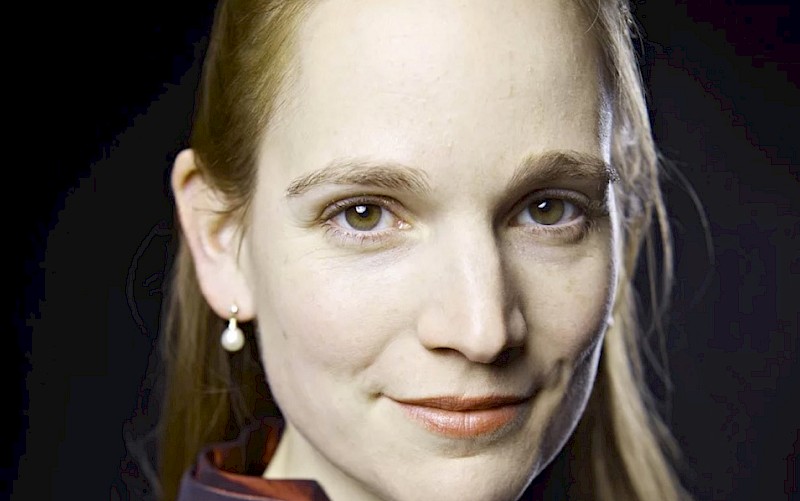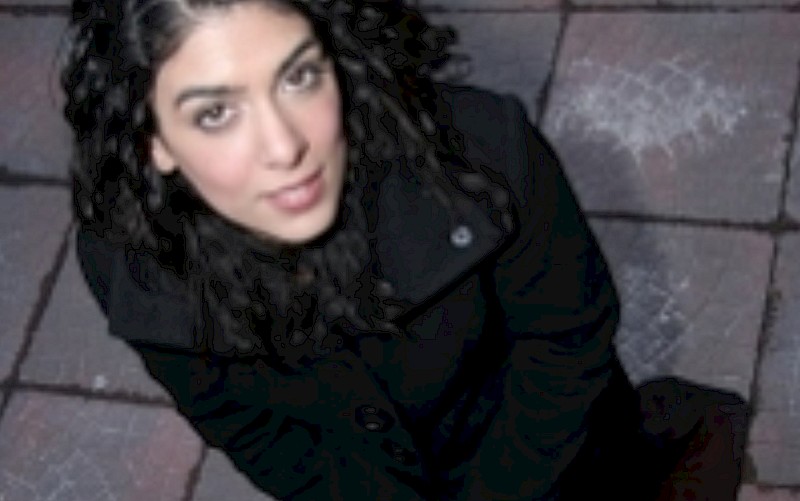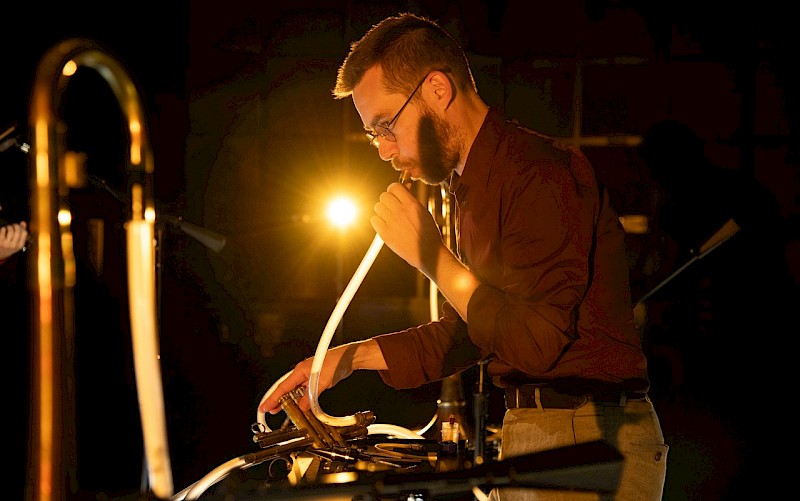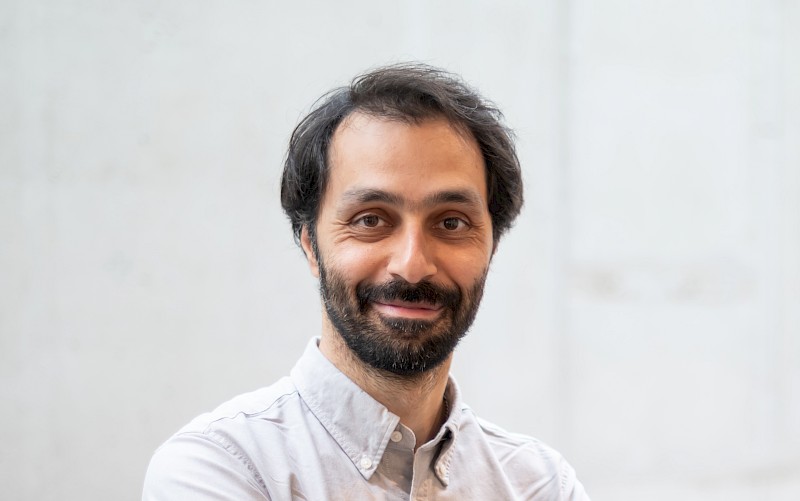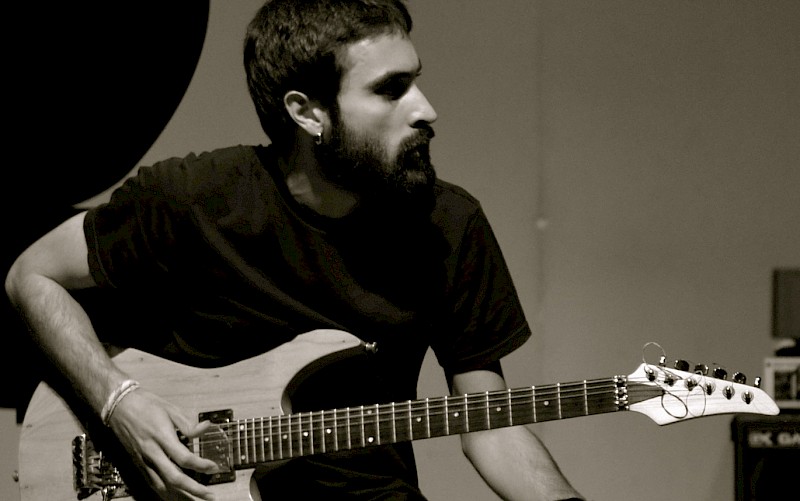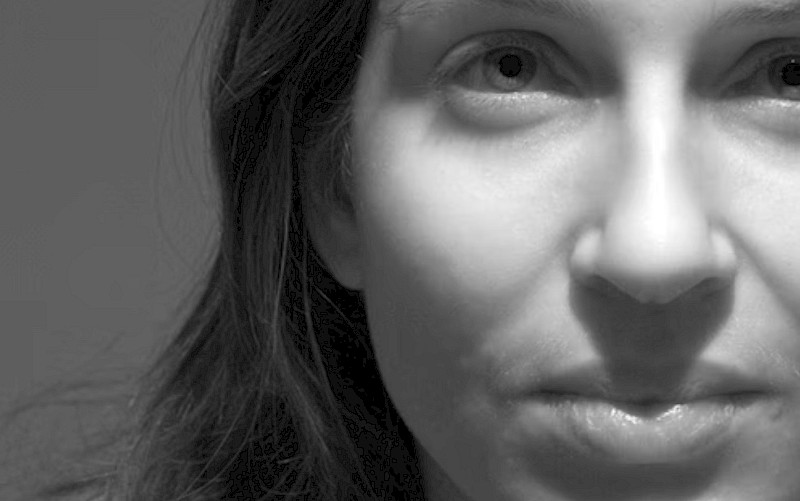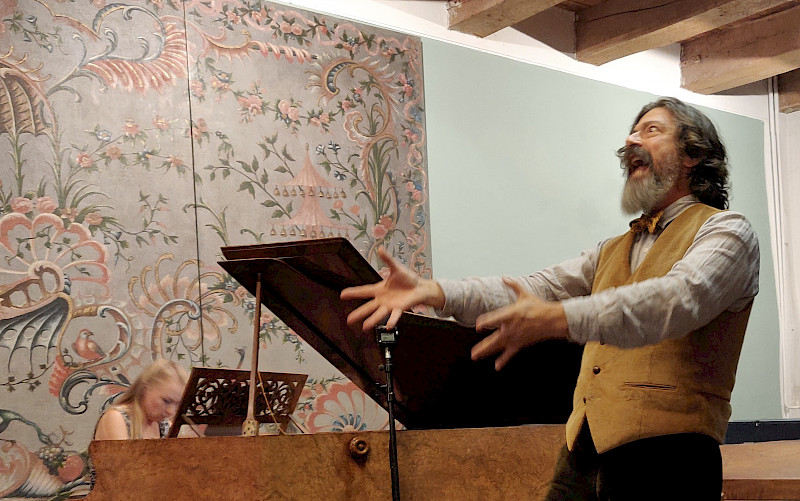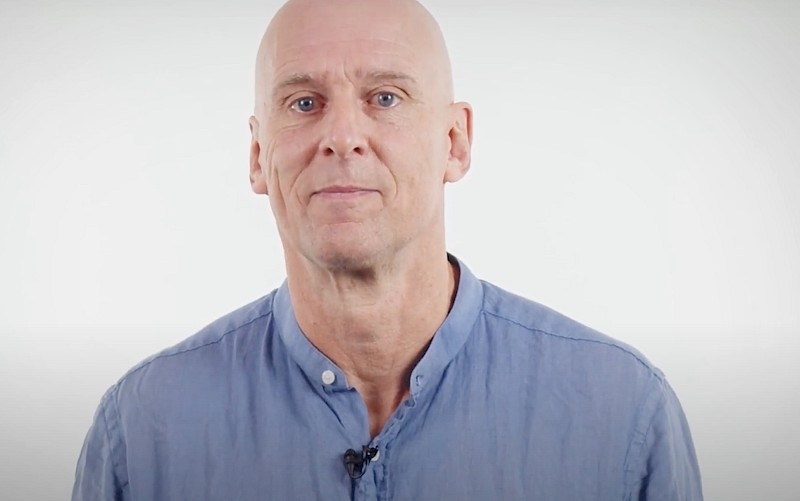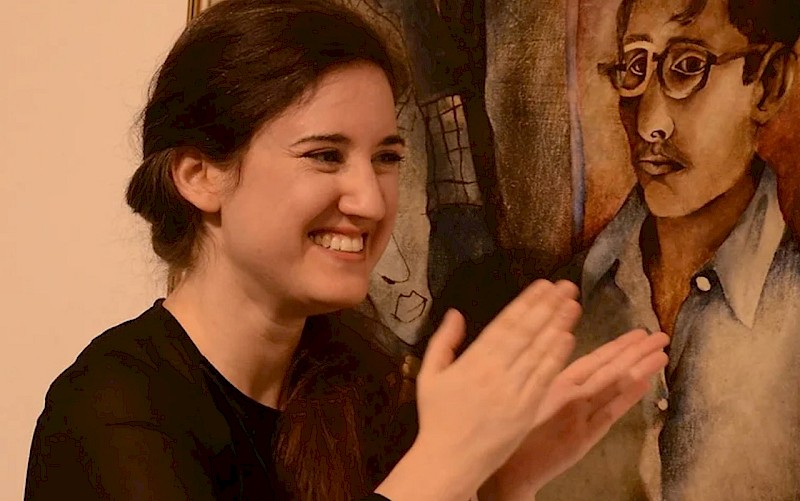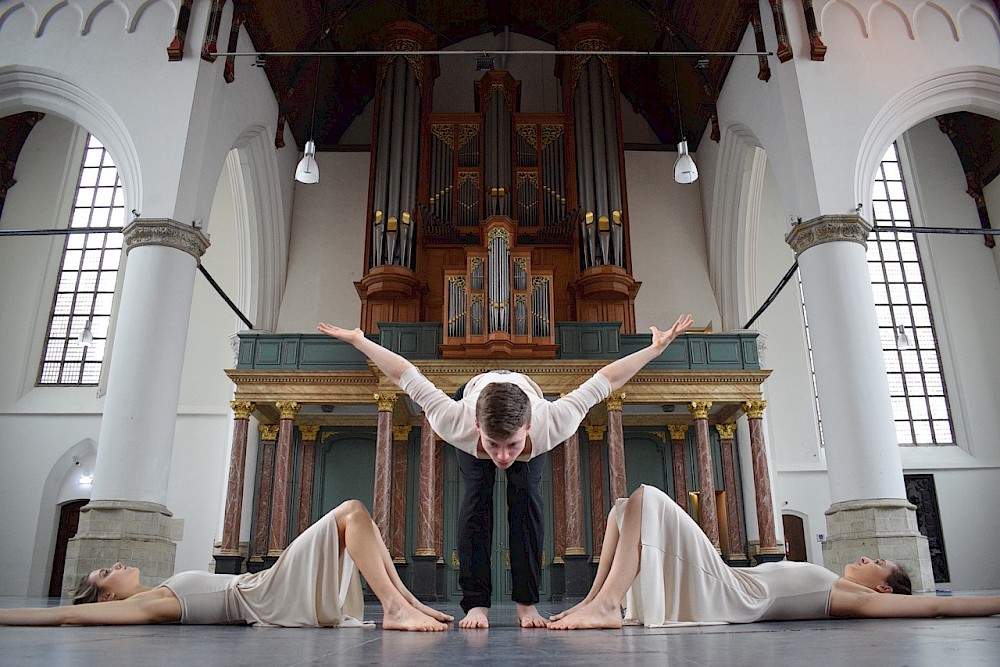
Dancing on the organ bench: embodied musicking as a creative and reflective tool
The aim of this session of docartes student Francesca Ajossa is to show how music and dance can coalesce into a unified artistic experience, as well as developing an understanding of the bidirectional relationship between music and movement which offers potential for one’s creative and reflective practice.
Although the organ frequently occupies a prominent place in an acoustic space, the player of the instrument is often barely visible. In this special concert and listening situation, questions are raised regarding certain (missed) expressive-visual opportunities. In this research project, Embodied Music Cognition provides an interesting framework to address the above-mentioned questions. The notion of the human body as a link between music and mind is, in fact, expanded to the one of the dancer’s body as a mediator in the performer-audience communication as well as performer- performance awareness.
In this case study, we explore how an analysis of the organist’s score- driven movements and performative experiences can lead to the development of a basic choreographic framework. The latter is subsequently used as a practical tool for interdisciplinary creation and communication. This presentation provides an account of the creative process and challenges of working with a dancer on the creation of a multimodal performance. The interdisciplinary collaboration between dancer and organist is also discussed as an interesting layer on top of the “historically informed musicking”, helping one access their embodied experience of the music as well as solving technical and expressive issues related to time (timing, articulation, touch) and space (projecting and reflecting sounds).
The session is concluded by an interactive workshop on the "movement metaphor”, showing how bodily movement can inform musical performance. By translating complex musical passages or technical difficulties into large, full-body movements, musical challenges can be faced in a more intuitive and embodied way.
This technique of enlarging movements serves multiple purposes, such as:
- Enhancing the direction and goal of musical phrases by visualizing them spatially
- Addressing technical challenges, such as controlling weight and balance, through a focus on movement
- Structuring musical discourse through physical gestures, complementing traditional methods of musical analysis
